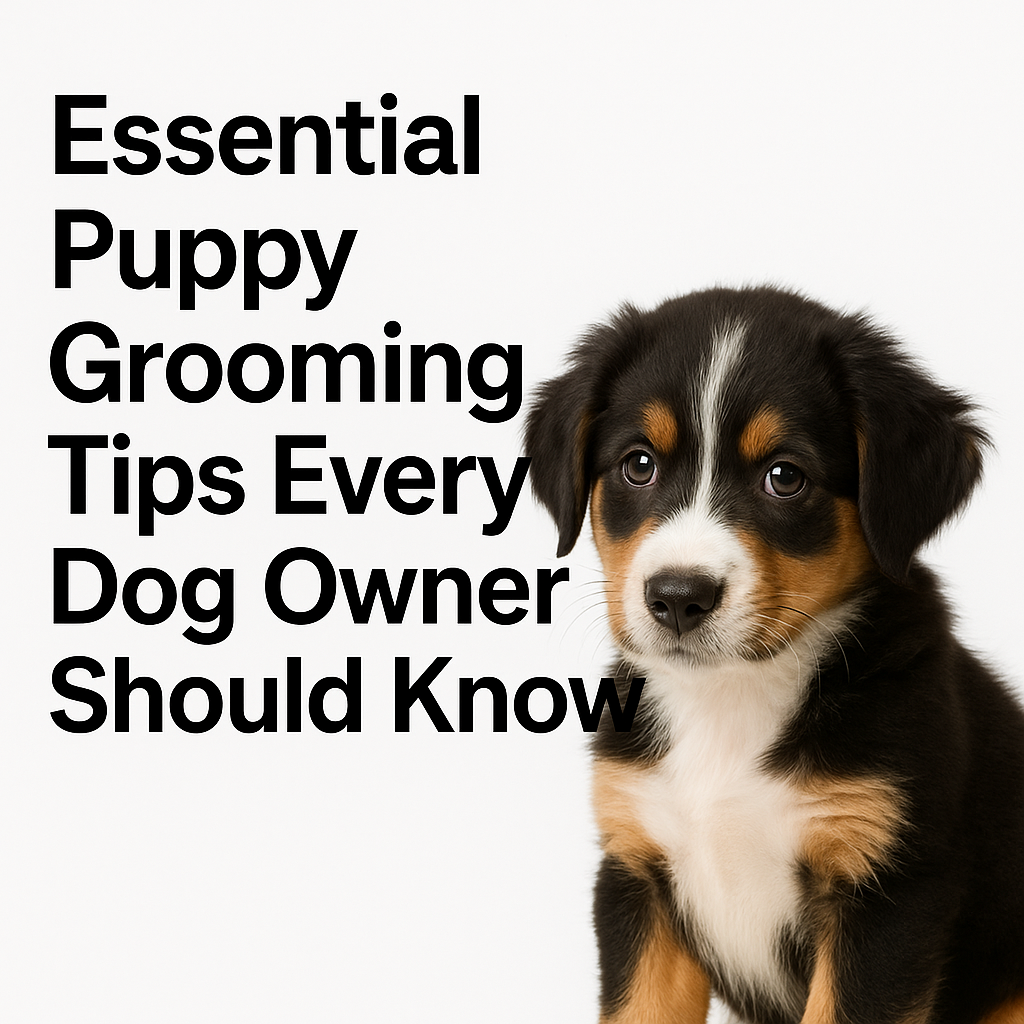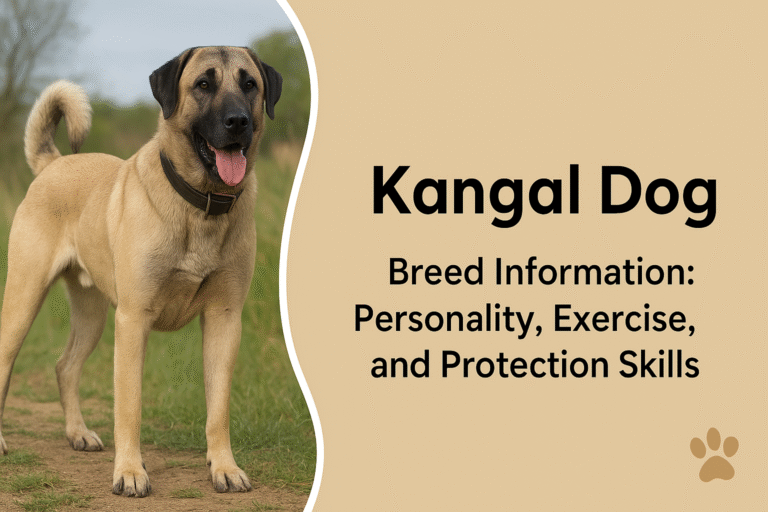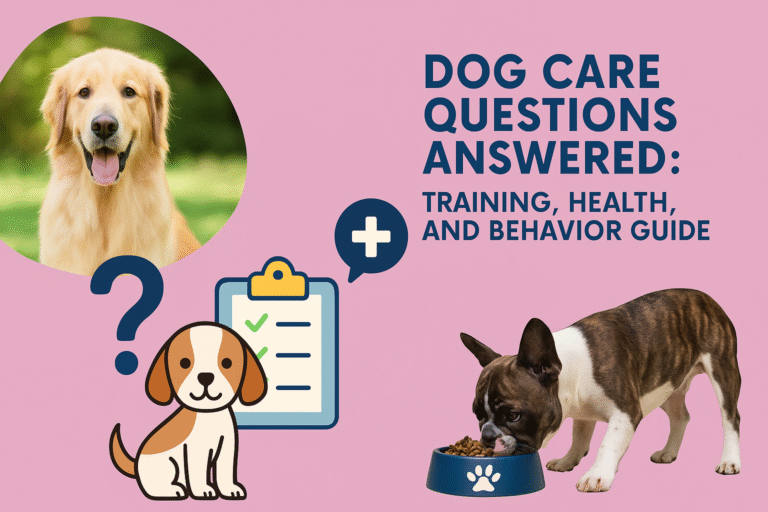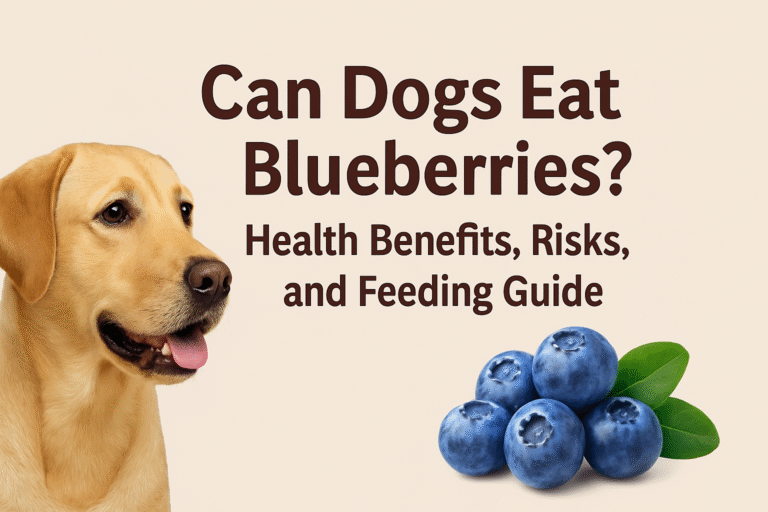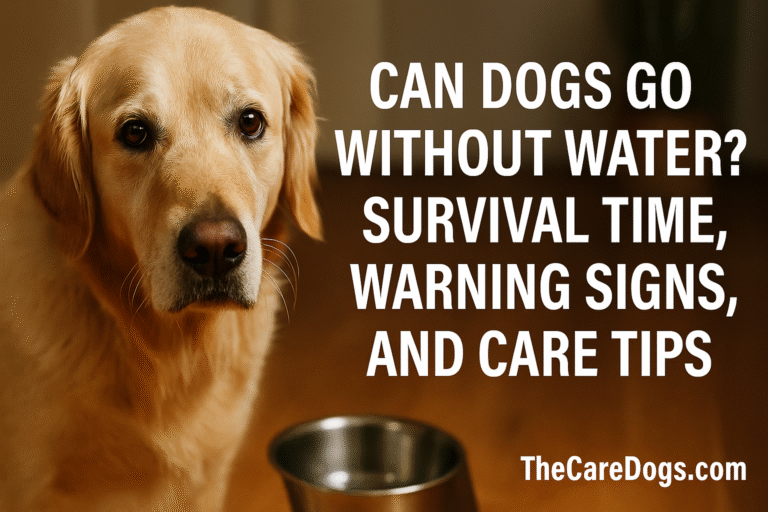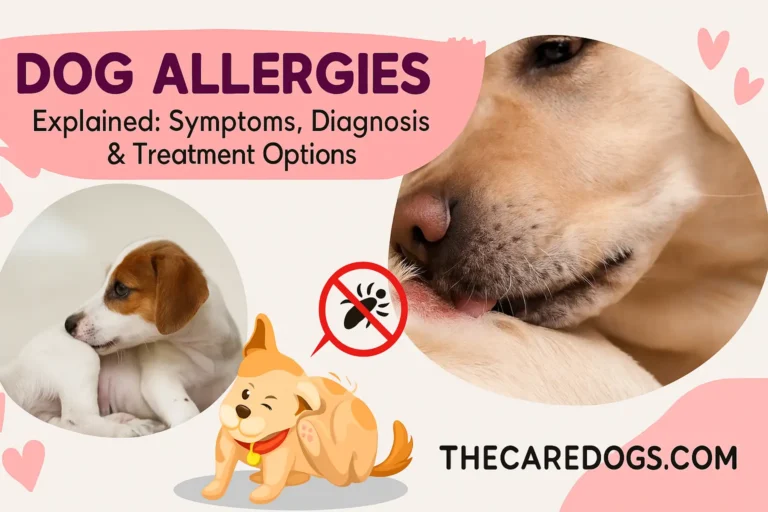Essential Puppy Grooming Tips Every Dog Owner Should Know
Grooming is not all about how adorable you can get your puppy—it’s what makes them healthy, comfortable, and happy. Grooming regularly can keep skin illnesses away, allow you to detect abnormalities early on so they don’t become a problem, and even make your relationship with your pet stronger. Grooming also gets your puppy used to being touched, and the subsequent grooming is easy.
Begin Gentle Brushing Daily
Select. The Proper Brush Depending on Puppy Coat
All breeds have a different grooming requirement. Long hair puppies employ a slicker brush to demat the coat, while short hair ones are contented with a rubber or a soft-bristle brush for loose hair and dirt.
Gradually Getting Started
Begin with a minute or two of gentle brushing. It will be pleasant with treats and soothing voices. As your puppy gets used to it, increase the duration gradually.
Getting it into a Habit
Bathing two or three times a week keeps your puppy’s coat in top shape, reduces shedding, and avoids matting. It is also a time to check for ticks, fleas, or rashes.
Bathing Your Puppy Safely
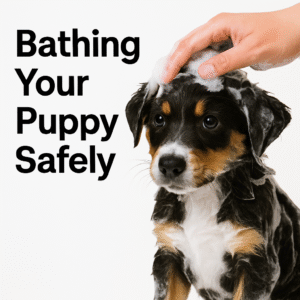
Choose a Puppy-Safe Shampoo
Only use puppy-formulated shampoos. Their skin is sensitive and can react poorly to human products or harsh cleansers. Choose mild, moisturizing ingredients.
Water Temperature and Technique
Wash your puppy’s coat gently with warm water and a mild shampoo. Handle gently not to get water in eyes and ears. Gently wash, rinse well, and towel or blow on low speed.
How Often to Bathe
Most puppies require bathing only once a month unless they get dirty. Bathing your dog too often can strip away natural oils from their skin and coat, causing dryness.
Nail Trimming Without Tears
Use the Proper Tools
Select clippers made specifically for small dogs or puppies. A nail grinder will also be used to smooth edges. Don’t use adult-sized clippers, as they might be too harsh on tiny paws.
Finding the Quick
For light-colored nails, you can spot the pink area known as the quick—be careful not to cut into it. Trim gradually, taking off a little at a time. For dark nails, proceed slowly and only clip the tips.
Make It a Positive Experience
Introduce clippers slowly, let the puppy smell them, and clip one or two nails at first. Reward or praise with each successful clip. Stop if they get too upset and try again later.
Ear and Eye Care
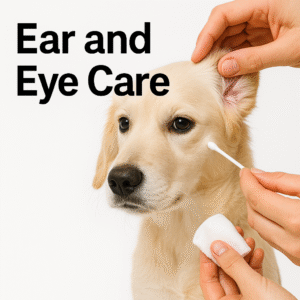
Cleaning Puppy Eyes
Discharge or tear stains are normal. Clean around eyes with a clean, damp cloth. Avoid using cotton balls that leave a sticky residue behind.
Ear Cleaning for Puppies
Wash your puppy’s ears weekly. If you see wax buildup, smell, or redness, clean the outer ear with a vet-approved ear cleaner on a cotton ball. Never stick anything into the ear canal.
Early Dental Care
Gradually Introduce Brushing
Begin with rubbing your puppy’s gums gently with damp cloth and work up to a toothbrush and puppy toothpaste. Under no conditions use toothpaste designed for humans as it contains poisons toxic to dogs.
Frequency and Advantages
Brush your puppy’s teeth twice or three times a week. Daily tooth brushing for your dog helps stop plaque buildup, keeps breath fresh, and lowers the chance of gum disease.
Paw and Pad Care
Clip Between Pads
Hair in the inter-pads can collect dirt or even ice in winter. Clip this area and shave with blunt-tip scissors.
Moisturizing and Visits
Dry-out or cracking develops in puppy pads. Apply pet-safe balm as necessary. Also, inspect frequently for cuts, thorns, or tiny rocks.
Weather Tips
Walk on sidewalks in warm weather to miss pavement. In cold weather, wash off de-icers and salt after walking to prevent irritation.
Grooming Safety Precautions You Should Know
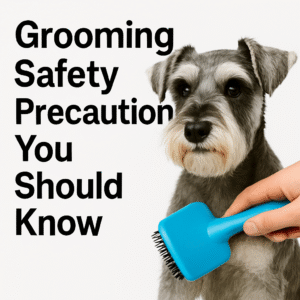
Maintain Sessions as Pleasant and Relaxing as Possible
Your attitude is key. Be calm, talk softly, and take rest breaks whenever possible. Keep grooming sessions brief, particularly in the beginning.
Prevent Common Grooming Mistakes
Don’t rush. Don’t pull out mats aggressively or scissor clip close to the skin unless you know what you’re doing. Place grooming tools out of your puppy’s reach.
Monitor Discomfort
Redness, whining, or flinching are signs of pain or fear. Don’t force it if it doesn’t work—stop and regroup. Take it slow and reassure.
When to Have a Professional Grooming
Breed-Specific Needs
Professional grooming will be necessary to begin early in certain breeds. Shih Tzus, Poodles, and other high-grooming coats require clipping, trimming, or stripping that is best done professionally.
Socialization Support
Professional groomers habituate the puppies to equipment, dryers, and touch. This desensitizes them to future stress and fear.
Sanitary and Safe Experience
Good groomers use clean equipment and there is a clean, low-stress environment available—especially for puppy’s with compromised immune systems.
Sample Grooming Routine Table
| Grooming Task | Frequency | Purpose & Notes |
|---|---|---|
| Brushing | 2–3× a week | Removes tangles, spreads oils |
| Bathing | Monthly | Cleans coat without stripping oils |
| Nail Trimming | Every 2–4 weeks | Avoids overgrowth and paw discomfort |
| Ear Cleaning | For weekly | Prevents infection |
| Eye Cleaning | As needed | Removes tear stains and buildup |
| Teeth Brushing | 2–3× week | Prevents dental disease |
| Paw Inspection | Weekly or after walks | Recognize foreign material, trauma, or dryness |
Internal Linking Proposals
For assisting to raise your site authority and maintain the interests of users, link this page with:
- “Top 10 Puppy Training Tips for Beginners”
- “Best Dog Shampoos for Sensitive Skin”
- “When to Take Your Puppy to the Vet?”
These help create a seamless user experience while improving the overall structure of your site.
FAQ: Puppy Grooming Tips
Q1: How early can I be before grooming my puppy?
Begin at 8 weeks. Brush and hand-paw them lightly to establish a good relationship.
Q2: How do I make my puppy enjoy grooming?
Make it short, pleasant, reward them, and stop when your puppy gets stressed. Consistency is trust-building.
Q3: Do I brush my puppy daily?
It varies with the breed. Curly or long-haired types have to be brushed daily, while others need to be brushed every other day.
Q4: What if I cut the quick when I am trimming my puppy’s nails?
Keep calm, apply some styptic powder or cornstarch to stem the bleeding, and calm your puppy down.
Q5: Do I bathe my puppy in baby shampoo?
No. Baby shampoos aren’t concentrated enough for your puppy’s fur. Only use something that is labeled as being specifically for dogs.
Q6: How can I know that my puppy needs professional grooming?
If your puppy has a heavy coat, will mat easily, or you don’t have the guts to clip it yourself, then the professional groomer should clip it.

